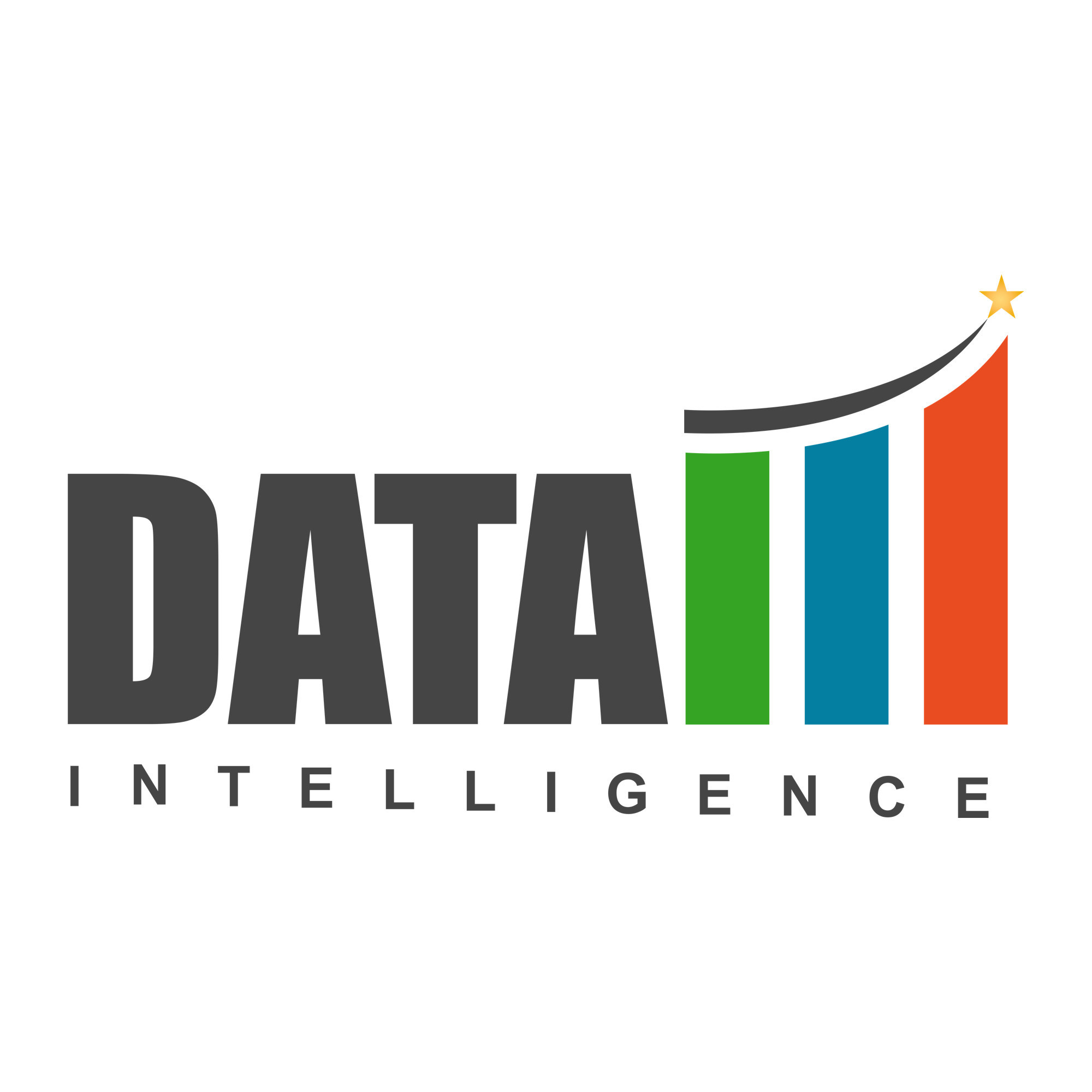Business
Scleroderma Market Set to Surpass $4.1 Billion by 2033

The global scleroderma market is projected to grow significantly, with revenue expected to increase from US$ 2,384.73 million in 2024 to an estimated US$ 4,103.07 million by 2033. This growth, equating to a compound annual growth rate (CAGR) of 6.4%, is driven by advancements in biologics, targeted therapies, and early diagnostic methods that are enhancing patient outcomes. According to a recent report by DataM Intelligence, the evolving landscape of treatment options is reshaping the management of this rare autoimmune disease.
Scleroderma, characterized by skin thickening and internal organ fibrosis, has historically presented substantial challenges in treatment. Until recently, therapeutic options were largely limited to immunosuppressants and palliative care. However, pharmaceutical companies are now investing heavily in disease-modifying therapies aimed at the underlying fibrotic processes. Collaborations with biotechnology innovators are facilitating the shift towards precision medicine, which is expected to significantly improve patient care.
Market Segmentation and Treatment Insights
The scleroderma market is segmented by disease type, treatment modality, and end-user. In 2024, systemic scleroderma accounted for over 65% of market revenues, generating approximately US$ 1.55 billion. The focus on systemic scleroderma arises from its severe complications, which often affect the lungs, kidneys, and cardiovascular system, making it a primary target for research investment. Critical therapeutic targets include pulmonary arterial hypertension (PAH) and interstitial lung disease (ILD).
Localized scleroderma, valued at US$ 835 million, represented 35% of market revenues in 2024. While localized variants are less life-threatening, they significantly impact patient quality of life, driving demand for both topical and biologic therapies.
In terms of treatment, medication therapies contributed US$ 1.9 billion to the market in 2024, with immunosuppressants, corticosteroids, and antifibrotic drugs leading in prescriptions. The development of biologics and targeted therapies is expected to expand this segment further by 2030. Surgical interventions, particularly for severe systemic cases, accounted for US$ 280 million. Innovations in reconstructive surgery and vascular bypass techniques are enhancing survival rates for affected patients.
Regional Developments in the Scleroderma Market
The United States holds the largest share of the scleroderma market, valued at US$ 960 million in 2024. This growth is attributed to a high prevalence of autoimmune diseases, affecting around 300,000 patients with systemic sclerosis. A robust pipeline of research and development in biologics and antifibrotic drugs, along with a supportive regulatory environment, has further catalyzed market expansion. Notably, Boehringer Ingelheim recently announced positive Phase III results for nintedanib in the treatment of systemic sclerosis-associated ILD, marking a significant advancement in antifibrotic care.
In Japan, the market was valued at US$ 210 million in 2024, with growth driven by an aging population and a higher incidence of systemic autoimmune diseases. Government support for rare disease drug development through Japan’s Orphan Drug Designation system has also played a crucial role. In a recent development, DIC Corporation partnered with Novartis Japan to co-develop topical biologics for localized scleroderma, further strengthening the region’s innovation pipeline.
Emerging trends within the industry include the increasing use of combination therapies, which integrate antifibrotic agents with vasodilators for treating systemic sclerosis-related PAH. Additionally, advances in autologous hematopoietic stem cell transplantation (HSCT) are presenting new therapeutic options for refractory cases of systemic scleroderma. Digital diagnostics, utilizing AI-powered imaging and biomarker tracking, are improving the speed and accuracy of disease detection, allowing for more personalized treatment plans.
In the competitive landscape, major players like F. Hoffmann-La Roche Ltd and GSK are at the forefront of treatment innovations. Roche’s Actemra® (tocilizumab) generated US$ 480 million in scleroderma-related revenues in 2024, while GSK is advancing biologics targeting immune and fibrotic pathways. Both Novartis and Pfizer maintain substantial portfolios in the autoimmune sector, with ongoing investments in next-generation therapies and digital solutions to enhance treatment adherence.
As the scleroderma market approaches this critical inflection point, its trajectory will be shaped by ongoing research, regulatory support, and the strategic partnerships that drive innovation. The forecasted growth underscores the need for continued investment and focus on developing effective therapies for this challenging disease.
-

 Lifestyle5 months ago
Lifestyle5 months agoLibraries Challenge Rising E-Book Costs Amid Growing Demand
-

 Sports4 months ago
Sports4 months agoTyreek Hill Responds to Tua Tagovailoa’s Comments on Team Dynamics
-

 Sports4 months ago
Sports4 months agoLiverpool Secures Agreement to Sign Young Striker Will Wright
-

 Lifestyle4 months ago
Lifestyle4 months agoSave Your Split Tomatoes: Expert Tips for Gardeners
-

 Lifestyle4 months ago
Lifestyle4 months agoPrincess Beatrice’s Daughter Athena Joins Siblings at London Parade
-

 Science4 months ago
Science4 months agoSan Francisco Hosts Unique Contest to Identify “Performative Males”
-

 World4 months ago
World4 months agoWinter Storms Lash New South Wales with Snow, Flood Risks
-

 Science5 months ago
Science5 months agoTrump Administration Moves to Repeal Key Climate Regulation
-

 Business5 months ago
Business5 months agoSoFi Technologies Shares Slip 2% Following Insider Stock Sale
-

 Science5 months ago
Science5 months agoNew Tool Reveals Link Between Horse Coat Condition and Parasites
-

 Sports5 months ago
Sports5 months agoElon Musk Sculpture Travels From Utah to Yosemite National Park
-

 Science5 months ago
Science5 months agoNew Study Confirms Humans Transported Stonehenge Bluestones









